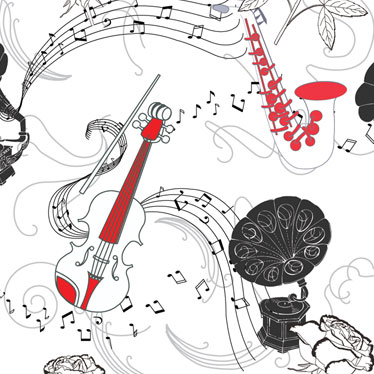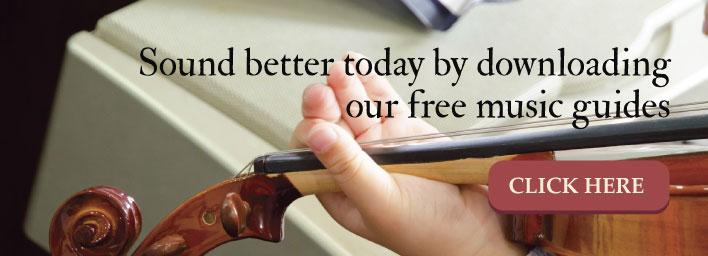Understanding The Connection Between Your Ear, What You Hear, And Your Muscle Memory For Playing

No one ever intends to play sharp or flat. Yet sometimes the tone you think you’re about to produce sounds very differently once it comes out. Ouch.
The constant challenge is translating what you expect to hear into what you play. In other words, intonation. Achieving consistently accurate intonation has two physical components: your ears and hands. You need a good ear to know what the note should sound like. You need good hands since it’s your finger positioning and pressure that will determine the tone of the note. Thus, your ears and hands need to be in sync.
Alas, you won’t hear the note until your fingers are already in place. You can’t know for certain they’re positioned correctly until the note is played. And then it may be too late. That’s why musicians rely so heavily on muscle memory. You don’t hesitate between each note to think about and set up each finger position. You – seemingly instinctively – move your hands to play a piece. But it’s not true instinct; it’s muscle memory. Consider why you don’t have to think about each specific digit when you type in a password. You’ve done it so often; your fingers just sort of know where to go on the keyboard.
Muscle memory can work for or against you
Muscle memory sounds great if you have excellent finger positioning that produces perfect intonation as you play. Of course, your muscle memory can ingrain poor intonation if your ear isn’t well trained to recognize the exact pitch of the note being played. Both the ear and hand have to work together, which is why you want to invest time training them both so you can use the principle of muscle memory to improve your playing.
Here are some tips for achieving just that:
- Always be training your ears. Your ears are the judge. If you can’t hear the notes accurately, you can’t train your hands accurately. Here are some ear training exercises you can do. You can also find some apps with ear training exercises here and here.
- Don’t forget that recognizing your intonation requires a standard to compare it against. Don’t let others tune your instrument for you. Think about why you’re making the decisions you’re making, whether the pitch needs to go up or down. You can find a refresher on how to tune your violin here.
- Play the same note in numerous positions to notice the tone and coloration of the note in each position. Rely on your ear training to gauge which positioning provides the tone you want. Notice your positioning. When you find the right intonation for the note, start moving up, and to other notes, so you keep coming back to the note that’s the focus of this practice session.
- When practicing a piece of music, attack each phrase note by note using the process outlined in tip #3. Don’t move to the next phrase until you’ve got the first one perfectly in tune.
- Are you a visual learner? Draw maps of your finger positioning as you practice using tips #3 or #4. Use these maps in future practices to speed up the muscle memory process instead of having to invest time to re-investigate from scratch which positioning is right.
- When you think you’ve mastered a piece or portion of one, record yourself playing it. Listen back to confirm what you’re hearing. If you’ve got it right, put in some ear plugs and record yourself playing the piece again. Compare the recordings. If your finger positioning remains spot on when you can’t hear what you’re playing, your building the right muscle memory.
You can only be so deliberate about muscle memory
The truth is you can train your ears and your hands, but you can’t really intend to create a muscle memory. Achieving the right muscle memories are the results of proper ear and positioning training. There aren’t any short cuts.
So even when you’re not using any of these tips to create a muscle memory-inspired symbiosis between your ears and hands, stay present in your practice or performance noticing with each note your bowing, fingering and articulation. The more you notice about how you’re playing what you’re playing, the more information you have to make the adjustments needed, which will inevitably help you develop the right kind of muscle memory.


